Celebrating 20 Years of Training in Botox®, Aesthetic Medicine
and Medical Weight Management
Days
Hours
Minutes
Save 25% on Hands-on Botox® Training
All 2026 dates on sale. Register before December 31!
All 2026 dates on sale. Register before December 31!
Acne is the most common skin condition in the US.
It affects 40 million to 50 million Americans. (Source: AAD).
Of individuals aged 11 to 30 years, 80% have some degree of active acne.1
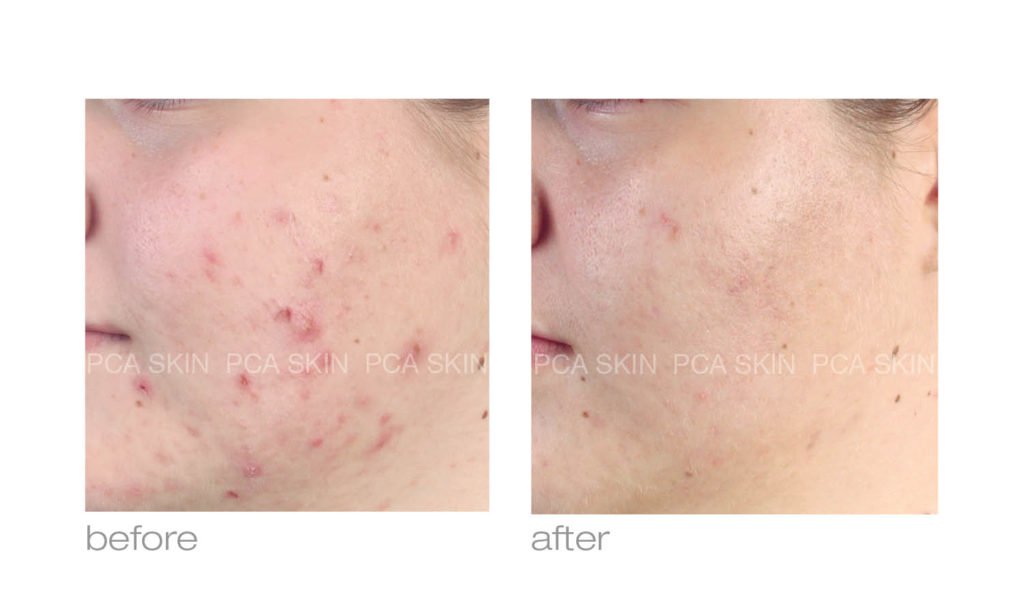
Interestingly, only 16% of patients with acne seek medical attention and of these, 74% wait more than a year to seek appropriate treatment.
This is significant, because studies have shown a correlation with scar formation as relating to those acne lesions with a time delay of up to 3 years between initial onset and sufficient treatment.
Acne is caused by a number of factors, including: “Propionibacterium acnes activity; increased sebum production; androgenic stimulation; follicular hypercornification; lymphocyte, macrophage, and neutrophil inflammatory response; and cytokine activation.”2
The most damaging outcome of acne is scarring.
Acne scar formation is generally categorized as either the loss or damage of tissue or increased tissue formation.
Scarring is most frequently associated with grades III and IV acne, and as a result of patient excoriation.
Acne treatments range from treating the active acne to treating any resulting acne scarring, and vary depending on the grade of acne being treated.
Acne Simplex (grades I and II) can often be cleared more easily with daily use of topical antibacterial agents such as retinoids, salicylic acid and benzoyl peroxide.
Acne Vulgaris (grades III and IV) can take 12 to 18 months and may require topical or oral antibiotics in addition to the topical OTC therapies mentioned.
Treatment of acne scars falls into four major categories:
PCA SKIN® product options for treatment include: BPO 5% Cleanser, Blemish Control Bar, Acne Cream, Acne Gel, A&C Synergy Serum®, Intensive Clarity Treatment: 0.5% pure retinol night, Retinol Renewal with RestorAtive Complex and Weightless Protection SPF 45.
Sources:
1 & 2 Acne scarring: A review and current treatment modalities. Albert E. Rivera, DO. Journal for the American Academy of Dermatology, October 2008, 659-676.
Learn to Start a Profitable Aesthetics Practice in Just 4-Days!
February 13-16
in sunny Scottsdale, AZ
Start your transitioning to aesthetic medicine and learn everything you need to grow a profitable aesthetics practice in just 4-days!
February 13-16
Scottsdale, AZ
*Prices advertised are preferred member pricing. Membership is $295/yr and can be added during the registration process to access the discounted pricing.
The skin is a dynamic organ. It comprises 15% of a patient’s total body weight and is the body’s primary defense organ.
Skin aging can be divided into two categories: intrinsic and extrinsic. Intrinsic aging is chronological aging of the skin.
Extrinsic aging is caused by external factors, such as environmental damage and photoaging.
Intrinsic aging is a biological or genetic skin condition, and typically begins in a patient’s mid-20s.
There are many causes of extrinsic aging, including: sun exposure, air pollutants, smoking, gravity, nutritional deficiencies or factors (medications, alcohol consumption, etc.) and BMI.
Hyperpigmentation is characterized by increased production or accumulation of melanin.
Epidermal and dermal hyperpigmentation can be dependent on either increased numbers of melanocytes, melanocytic dendrites or activity of melanogenic enzymes.
Ultraviolet light, chronic inflammation and rubbing of the skin, as well as abnormal α-melanocyte stimulating hormone (α-MSH) release are triggering factors for these disorders.
Melasma is a skin condition which consists of patchy, irregular brown or grayish-brown facial discoloration of areas in areas of the face exposed to UV radiation, and it most often affects women.
There are multiple potential contributing factors to melasma, including:
Rosacea is a chronic sensitive skin condition that produces facial redness and blemishes, and generally affects adults between the ages of 30 and 60.
It affects more women than men, yet men exhibit more destructive presentations. This condition develops and worsens over time, but it is not considered a normal part of skin aging.
Rosacea can be the result of a family history or can be caused by environmental triggers, such as exposures or situations that cause a flare-up or flushing of the skin.
Common triggers include sun exposure, alcohol (topical or consumed), spicy food, and overly aggressive topical products and treatments.
If left untreated over a long period, rosacea can lead to permanent disfigurement, ocular inflammation and vision loss.
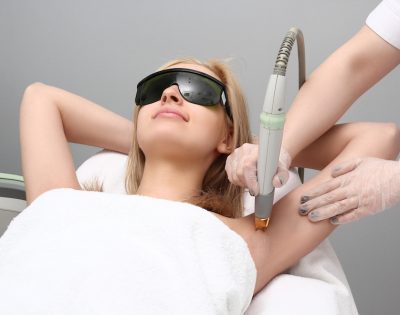
Learn more about ablative and non-ablative lasers in this helpful guide to lasers and laser therapy.
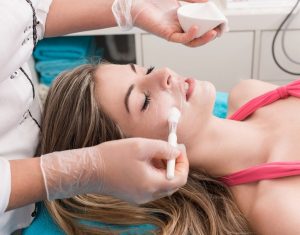
There are a number of options to consider for treatment with regards to peels and abrasion therapy. What are they? And how do they work?
Attend the most comprehensive accredited AMA PRA CAT 1 CME Botox® training weekend, learn how to create a profitable practice with the top 5 most lucrative non-invasive treatments.
Add-on GLP-1 agonists for weight loss and/or business for 4-days of comprehensive, fun CME-accredited training like none other!
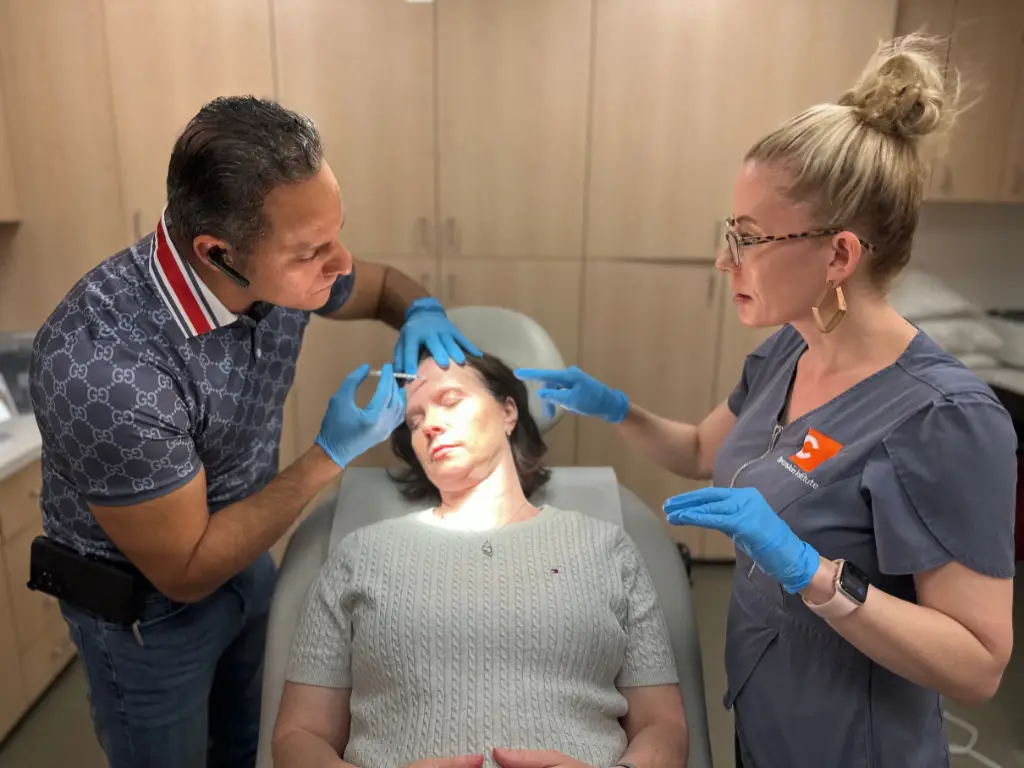
Hands-on Botox® injection training is done in a clean multi-million dollar medspa, NOT in a hotel. We provide live models and product, you show up and enjoy the weekend with our expert instructors!
Scottsdale, Arizona
Save $3,605 when you become an IAPAM member and register to attend all 4-days!
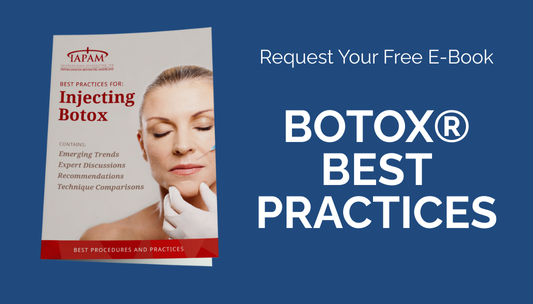
Contains: Emerging trends, expert discussions, recommendations, technique comparisons… and more!
Please double check your spam/junk folder after form submission for your download link. By submitting your request you agree to receive educational and promotional emails from IAPAM. You may unsubscribe at any time.